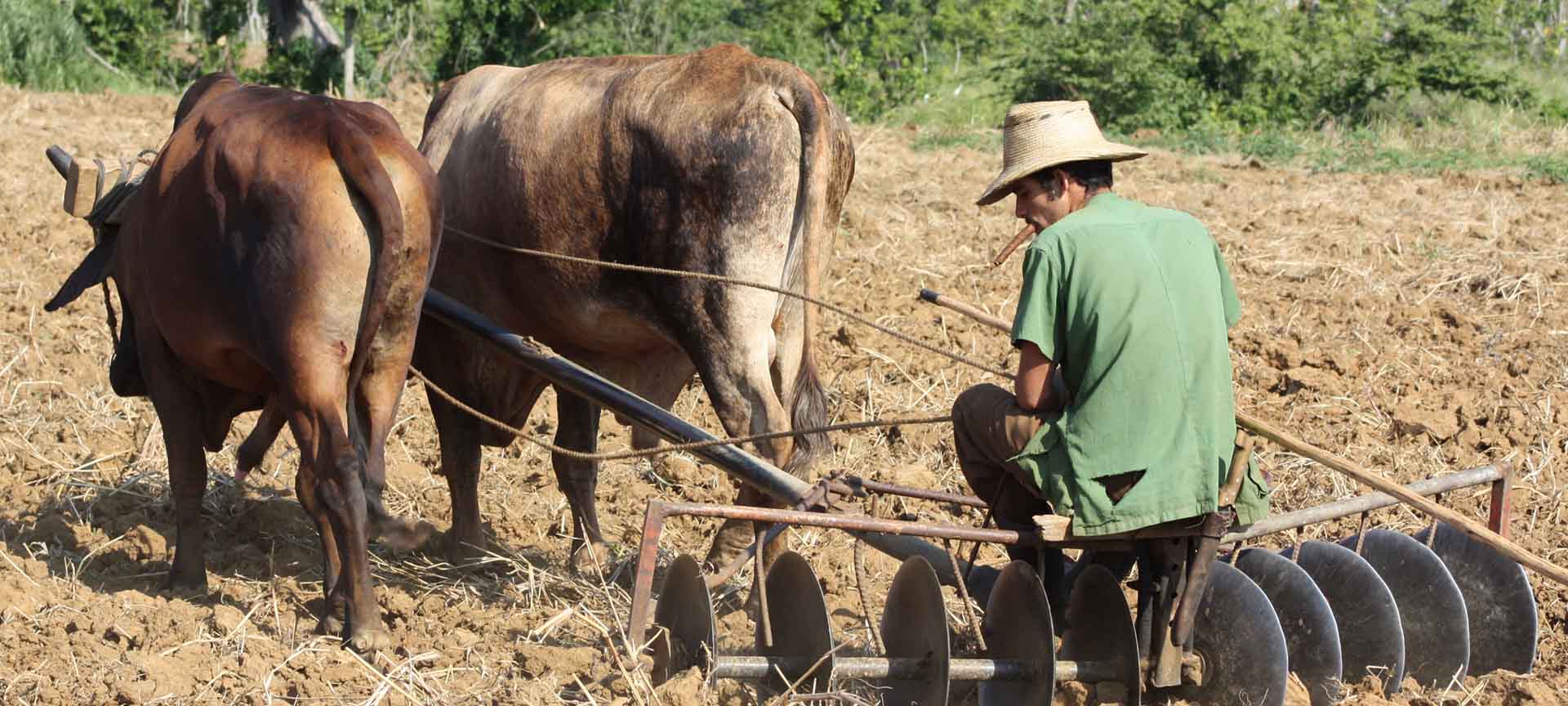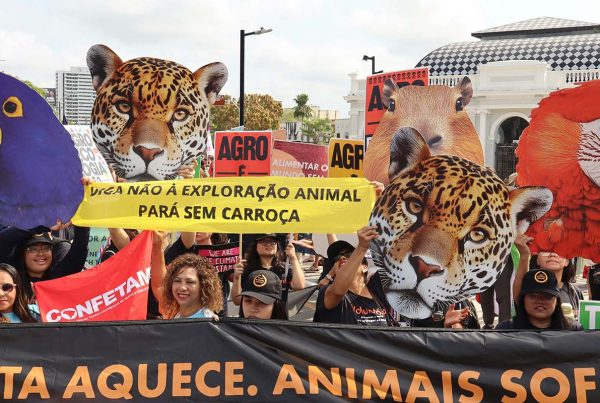The Transition of Leadership to Achieve Long Term Change
This month we have seen really positive news for animals that find themselves in the midst of an emergency. The UN has adopted the language from the UN Sendai Framework for Disaster Risk Reduction (2015) into its General Assembly Resolutions acknowledging:
28. Also acknowledges the role of productive assets, including livestock and working animals, and the need to strengthen preparedness, response, recovery, rehabilitation and reconstruction by, inter alia, integrating the protection of working animals in disaster risk management plans to enhance long-term community resilience while also strengthen and promote collaboration and capacity-building for the protection of productive assets, including livestock, working animals, tools and seeds;
This is undoubtedly a success for animals in an area still poorly understood. While we connect more readily with pets in emergencies, livestock and working animals suffer too. They stand for days in floodwaters or ingesting volcanic ash, they suffer from mastitis and when the power goes out, their slaughter is far less humane, to name but a few effects. And these effect billions of animals a year and impact the livelihoods and health of billions of people. This is the ‘Silent disaster’ as animals are unable to advocate themselves.
As the champagne corks pop, its worth acknowledging the ten year journey from Sendai and maybe decades of effort that preceeded. Rarely are those who have done the hard yards the ones who get to celebrate. This is not to remove the credit from the coalition and government voices that made this recent achievement happen, those are hard yards too. As someone who had a small part to play in this long journey, I wanted to take a moment to reflect on the stages of leadership that occurred to get us here.
The recognition of animals in emergencies can be marked back to a point in time back in 1964 when I young animal control officer – John Walsh, was set the task by ISPA of rescuing animals from flooded rainforest in Suriname. Ringing in his ears was the call to action of his boss at MSPCA:
‘…you’re not god. You cant determine what animals should or shouldn’t exist…..Draw no lines. If they are there, save them. The only question is whether you can do it’.
Building Critical Mass and a Remit
More than 40 years later, with a fledgeling discipline built on action in the Gulf War, Afghanistan, Hurricane Katrina and the the Haiti Earthquake, amongst hundreds of other interventions, the journey to Sendai began. This was built off of 40 years of bravery, action and advocacy to build the critical mass and create a remit within which policy was possible. The number of people, organisations, governments and money required for this leadership phase are too many to credit. Ill just say that they were the inspiration that we needed to push on into the policy landscape.
Vision, Strategy and Resource
By the time we reached Haiti in 2011, we were starting to see history repeat itself in increasing regularity. This spurred a discussion about what could change this and the strategy that followed wrote the roadmap to Sendai. At the time it was hard to believe we could get anything into Sendai but we had the support (including significant resources) that allowed us to drive toward a vision. We often credit those in the limelight but CEOs have to find the money and donors have to give that money and believe in what you are doing.
Harnessing Momentum
We knew that simply knocking of the door of the UN wouldn’t work and so over a ten year period, some amazing people worked to build national change. We used these national champions to advocate on our behalf. Along the way, Costa Rica created the first national emergency fund for animals, India integrated animal welfare into all layers of its national management and a host of other countries (Colombia, New Zealand, Kenya, Australia and many more) took measures to start writing guidelines and organising themselves. With Sendai coming down the tracks, we were able to foster this movement and use the momentum in key sessions for the Sendai roadmap sessions. Without the advocacy and leadership of the Mexican, India and Costa Rican government especially, this language would have stayed on the shelf. These were hard yards of difficult choice. These countries knew they were using political capitol that could be used elsewhere, but they were suitably bought into the idea that helping animals would ultimately help people. In many places there are people still tirelessly working away in government on the same topics who showed leadership to drive forward the vision.
Being Opportunistic and Carrying the Torch
Sendai was a great moment in time for animals but the real benefit came in how countries would adopt the resolution into their existing emergency infrastructure and while slow, this process has started. This created opportunities for many organisations and individuals to use Sendai for further action and advocacy. And that’s how we find ourselves celebrating today; because organisations haven’t sat on their laurels, they have identified that policy isn’t an end point. To me that’s the definition of a ‘movement’; its travels through time with people and organisations handing the baton from one to another to keep improving conditions for their beneficiaries.
Taking the Movement Forward
What happens next? Most animal welfare organisations will respond with ‘a lot of hard work’. A resolution is yet another stepping stone to a better life for animals. We still don’t have a UN Declaration on Animal Welfare and animals are still suffering in their billions in emergencies, silently waiting for the policy to catch up with their need. So lets have that glad of champagne and then think about what John Walsh said to me when I used to enjoy occasional tea with him in his later years: ‘Sawyer, don’t you dare sit on your laurels, or take too long to celebrate a milestone; because if you do the animals wont thank you, remember there is always one more animal to save’.
In my mind, leadership comes in many forms and from many places. Progress is about not giving up, also a component of effective leadership. Leadership types and methods also have a time and place. Some leadership only works at certain points in history. The story of the journey tells that story of the many facets of leadership from activism, through building visions, building movements and harnessing momentum to selflessly carrying the torch forward. Threaded through this is another important component: determination and belief.
For those who got us here, I salute you and the many sacrifices you made. For those who get to carry the baton forward, a whole movement of people are behind you. Take a breath and a sip of champagne, tuck that chin in, and push on into the storm….because there is always one more animal in need.
James is the co-author of Animal Management and Welfare in Natural Disasters and works as Principal Consultant for Oxford HR. We specialise in providing leadership services, including executive search, to the Animal Welfare sector as well as all other for purpose organisations.

James Sawyer
James joined Oxford HR in 2023 as principal consultant. In 2024 James has lead on searches for senior roles at Fauna and Flora, Durrell Wildlife Conservation Trust, The Elders, Global Canopy, Bonsucro, UN IFAD, Water Witness and WeForest.
He has over 25 years of experience in the non-profit sector focused in conservation, environment, animal welfare and emergencies. He has operated in more than 40 countries, delivering policy change at national and international levels as well as significant service delivery to beneficiaries and changes to protected area status. James has led on organisational level change and has facilitated high level strategy development for several organisations.



